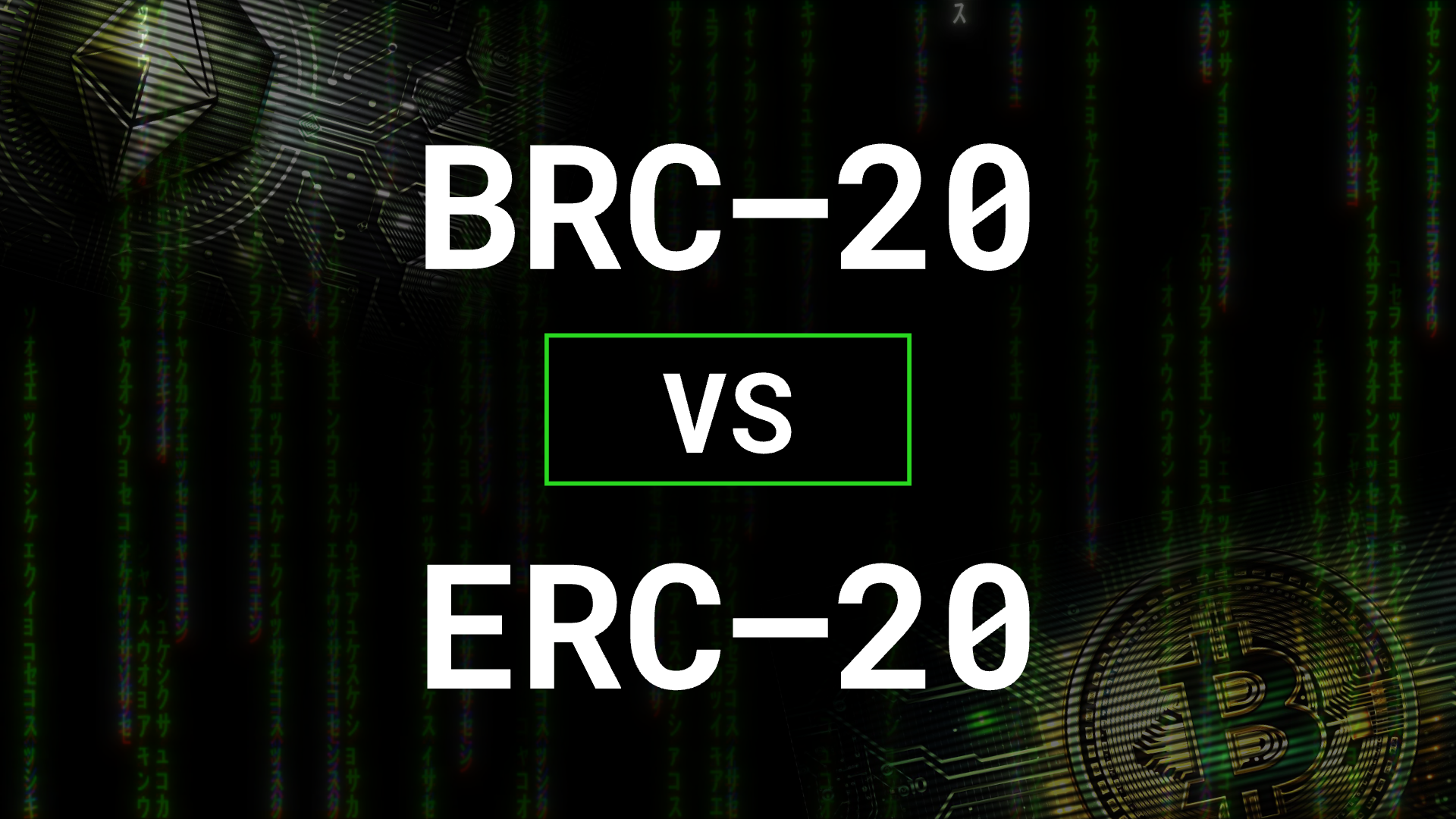BRC-20 Tokens vs. ERC-20 Tokens: A Comparative Analysis
Dubai, UAE, 20th July 2024, The cryptocurrency space contains millions of tokens, many of which are generated using one of the several widely adopted token standards. One of the most famous standards is ERC-20 on Ethereum, which helped to create, according to various sources, from 500 thousand to 1.3 million tokens. As for Bitcoin, its new and experimental token standard bears a similar name, BRC-20, but has only 70 to 80 currently listed on exchanges. How much do those two standards have in common? Let’s explore.

Token Standard Explained
Standards for tokens include a collection of rules, directions, and protocols that control how crypto tokens behave and interact within a specific blockchain’s domain. These standards are crucial for defining the functionality of tokens and establishing a structure that ensures uniformity, compatibility, and smooth integration across various blockchain applications.
Additionally, these standards enable developers to make their own tokens more quickly while easily integrating them into the existing ecosystems of one chain or another.
Standard for Ethereum
The standard for Ethereum tokens, known as ERC-20, is among the original and most common standards for creating and issuing tokens. It was proposed nearly a decade ago, in 2015, by Fabian Vogelsteller and executed in 2017. Since then, embraced by many developers who saw potential in Ethereum, this standard became essential for ensuring the scalability and compatibility of this blockchain and its ever-growing ecosystem. The more people supported Ethereum, the more extensive its landscape became, which, in turn, attracted even more supporters. Adherence to the same standard also meant that new projects and their tokens effortlessly fit into the existing ecosystem without needing other players to adjust technologically.
ERC-20 tokens are versatile and utilized in various domains within the blockchain industry. For example, they play a crucial role in the expansion of the DeFi sector, being widely used for lending and yield farming. Furthermore, they form the basic framework for well-known stablecoins such as USDT and USDC. These stablecoins help draw a more risk-averse audience to the crypto realm and create fresh possibilities for bridging DeFi and traditional finance.
Standard for Bitcoin
In March 2023, an unidentified programmer named Domo introduced the BRC-20 token standard, inaugurating an intriguing new era in Bitcoin’s history. Drawing inspiration from the success and efficiency of Ethereum’s ERC-20 standard, BRC-20 aims to simplify token creation and introduce additional functionalities within the Bitcoin ecosystem. While the goals are commendable, the current situation underscores the substantial amount of effort required before this standard can genuinely rival ERC-20.
However, BRC-20 has one remarkable advantage: its association with Bitcoin. As the original cryptocurrency, Bitcoin holds considerable economic influence within the crypto space and beyond and has earned the trust of millions of supporters worldwide. Bitcoin possesses the biggest market in the crypto industry liquidity-wise, providing a substantial pool of capital for all existing and future BRC-20 tokens. Therefore, with the help of BRC-20, Bitcoin can move beyond simply storing value.
Comparative Analysis
Matching names is arguably the only similarity between ERC-20 and BRC-20. To begin with, the ERC-20 standard for tokens enjoys widespread recognition. Their adaptability and broad approval have positioned them as the preferred choice for numerous developers and projects aiming to establish new tokens and platforms within the Ethereum ecosystem in particular and the overall crypto space in general. In contrast, BRC-20 tokens are just starting to gain momentum and are considered experimental by many.
Furthermore, the ERC-20 standard is widely recognized for its built-in flexibility, enabling organizations to tailor tokens for specific purposes. This means that each project can ensure its tokens have the necessary functionality. In comparison, BRC-20 tokens pose difficulties in accommodating diverse use cases, leading to significantly reduced capabilities.
Lastly, Ethereum’s flexibility allows for developing complex and innovative applications, consequently increasing the risk of bugs and vulnerabilities. In contrast, BRC-20 can provide enhanced security as it is designed to be lightweight and less intricate. Furthermore, BRC-20 tokens utilize Bitcoin’s scripting language, which is intentionally constrained for security. This decision results in fewer features but enhanced safety and reliability.
Conclusion
Although Bitcoin currently holds the top position in the cryptocurrency market, with a market capitalization three times larger than Ethereum’s, Ethereum wields more influence within the crypto ecosystem. As the blockchain space evolves, BRC-20 could emerge as the next major competitor, but extensive time, research, and development are required before this becomes a reality.
Kinetex Network: Website | Kinetex dApp | Blog
Disclaimer: The views, suggestions, and opinions expressed here are the sole responsibility of the experts. No Economy Circle journalist was involved in the writing and production of this article.



